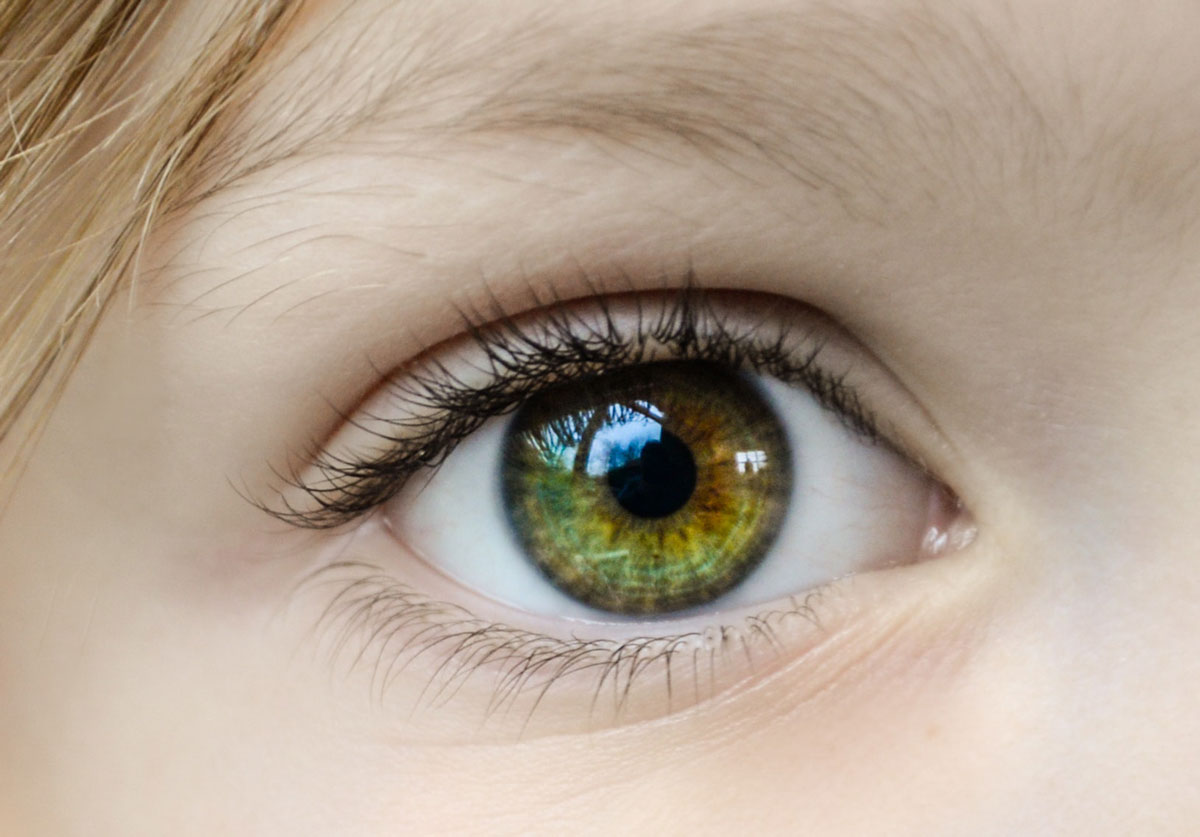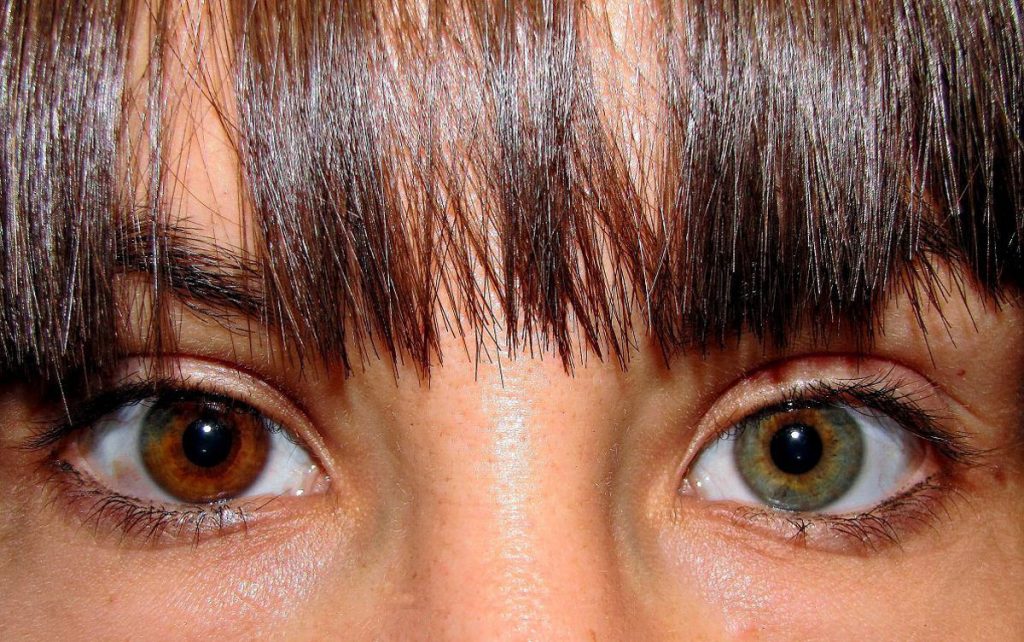Why do some people have different colour irises or an iris section of a different colour?


MARÍA VIOLETA GÓMEZ VICENTE answers.
Until we turn two years old, the colour of our eyes is not definitive. Iris colour can mutate in different ways. One of them responds to that peculiar phenomenon of partial or total heterochromia – depending on whether the difference covers the entire iris or only a specific part of it – and can be congenital or acquired.
When the anomaly is congenital, it can be benign and the individual can have normal vision. In this case, the iris is merely an aesthetic characteristic, like hair colour or skin tone. However, in other cases heterochromia can be associated to some diseases like neurofibromatosis, Waardenburg syndrome or Horner’s syndrome.
When the heterochromia is acquired, it involves the iris changing colour after it was fully formed. In this case, the factors behind this process are often the result of diseases like glaucoma, melanoma, or a haemorrhage in the eye area caused by a blow or any other accident. That does not mean that all acquired heterochromia cases are linked to a health problem. The anomaly can also be caused by the accumulation of iron deposits in the iris, which can change its tone but are not necessarily harmful.
In any case, be it congenital or acquired, once heterochromia appears, it is advisable to go to the doctor to rule out any dangerous conditions.
María Violeta Gómez Vicente has a PhD in biochemistry and works as a professor at the Department of Optics, Pharmacology, and Anatomy of the University of Alacant.
«Mètode’s whys and wherefores» is a science consultation office where the readers send their scientific questions and an expert answers them. You can send your question using this form. All the questions we receive until 15 June will participate in a draw to win a selection of Mètode publications.





